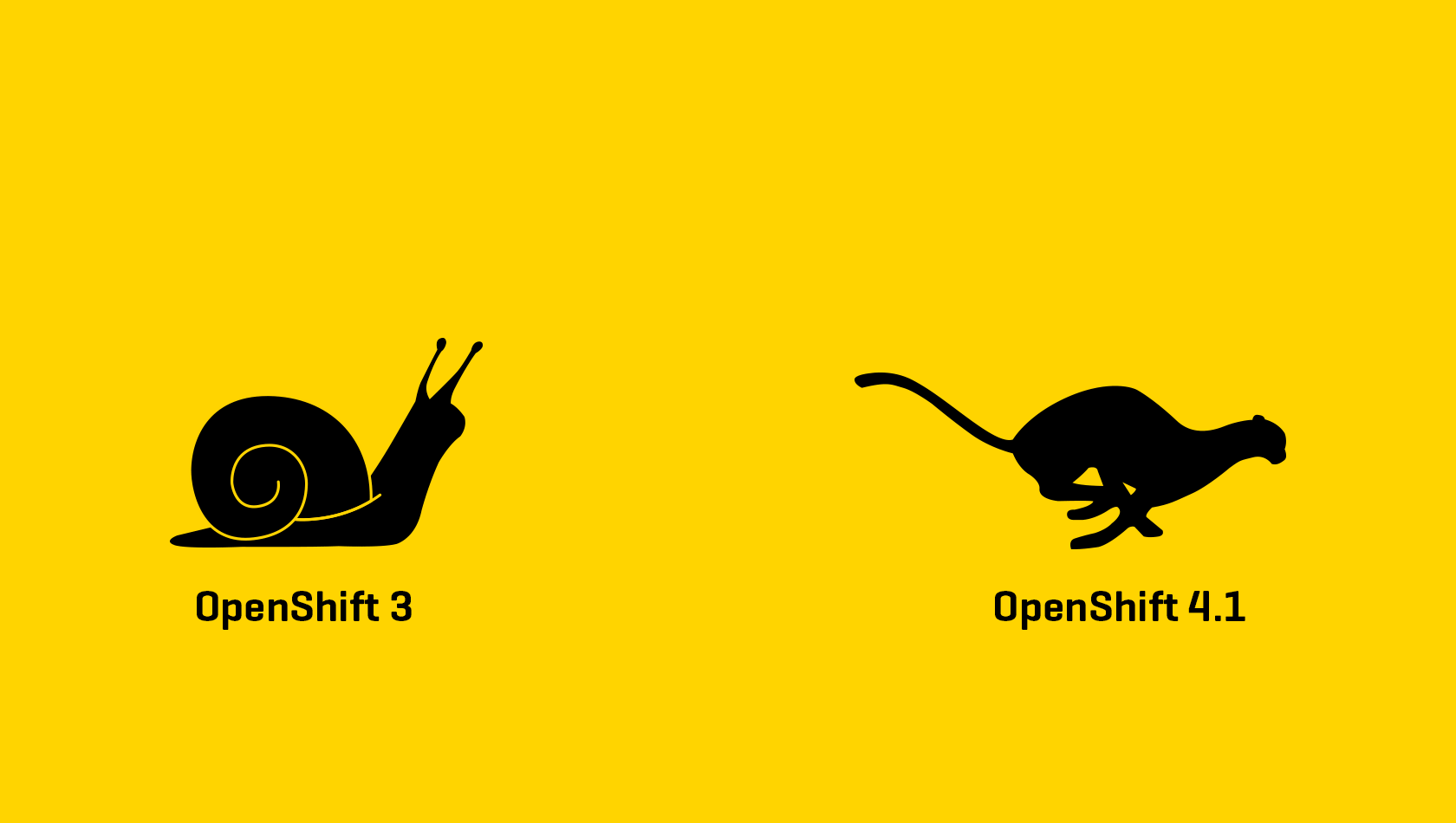Container for Faster, Leaner and More Agile IT.
In the age of digitalization and agile software development, virtual servers are often no longer sufficient. Today, IT must be even faster, leaner and much more flexible. This is one reason for the growing popularity of containerization. Although this technology is not entirely new - it has been utilized on mainframes for many years - today and in the server sector, where Linux operating systems are widespread, lightweight containers hit precisely the right spot.
#Red Hat #Automation
In the beginning there was the server. First it was big and filled entire rooms, then it became smaller and more efficient. After that, virtualization happened; smaller and highly efficient servers were better utilized and services separated from each other. Information technology became even faster because access to a new virtual machine for teams was quicker and easier than ever before. Today we can safely say: containers make IT more agile and efficient.
Single-family home, multiple dwelling, shared apartment
Put simply, a container, just like a virtual machine (VM), allows applications to run on the same physical machine in different contexts. This approach is more lightweight than a VM because no hardware must be emulated and no complete operating system provided. Instead, the existing operating system is divided into logical, isolated compartments using techniques such as cgroups, namespaces, and device mapper. A simple analogy: The single-family house stands for the conventional physical server. The multi-family dwelling is a physical server with VMs. Single, lockable rooms in a shared flat, where the kitchen, living room, and bathroom are shared by the residents, stand for containers.
Kubernetes is the new standard
As with every new trend, there were various competing containerization ideas and projects in the early days. Anyone who uses numerous containers and also wants them to be scalable and highly available needs an orchestration solution that takes care of this. Docker Swarm, Apache Mesos and Kubernetes were among the projects that provided solutions for this task. Meanwhile, some consolidation has taken place, and Kubernetes [1] has established itself as the de facto standard. Kubernetes, originally designed by Google, is an open source system that supports numerous container tools. While Kubernetes can be installed manually, professional users like to utilize a Kubernetes distribution, where a manufacturer bundles Kubernetes, important plug-ins, and an administration interface. These are then provided together with commercial support. In the enterprise market, Red Hat has set itself apart from the competition with OpenShift, a well-rounded, secure product with good support. In the fourth version, OpenShift now offers even more possibilities to run your own cloud in a simple and stable way.
Try OpenShift 4 and UMB
Developers can turn great ideas into reality, but massive scaling remains a challenge. Red Hat OpenShift 4 provides self-service environments for the entire lifecycle of your apps, enabling developers to always find a consistent basis for the code that makes the difference. Modern applications require resources from multiple infrastructures. Red Hat OpenShift 4 includes centralized management and visualization tools to enable unified handling in the cloud and within your organization.
Let UMB demonstrate for you how you can deploy OpenShift to your advantage. We have already tested the latest version and offer you the opportunity to do so too in our Swiss private cloud. Order a free trial of OpenShift 4.1 @ UMB now. You will be thrilled.


